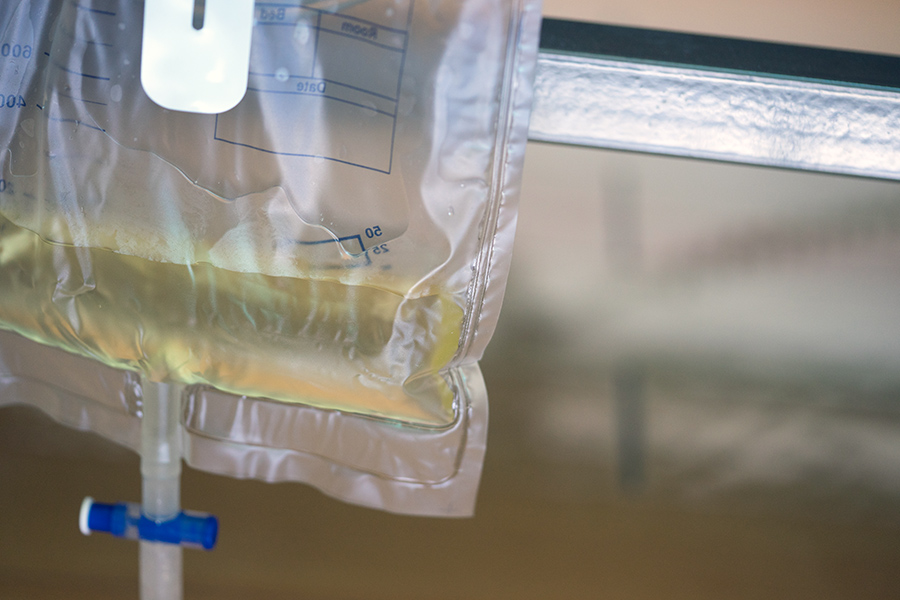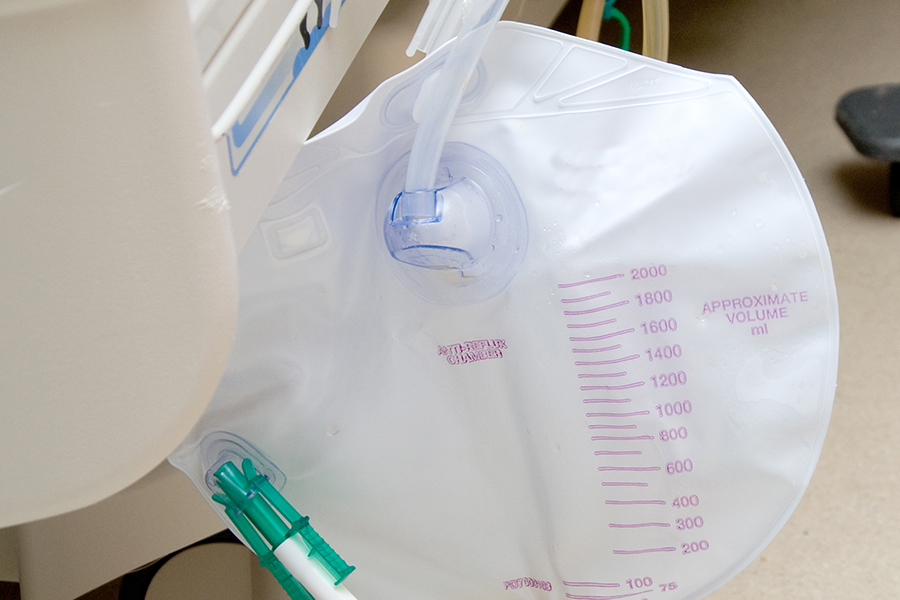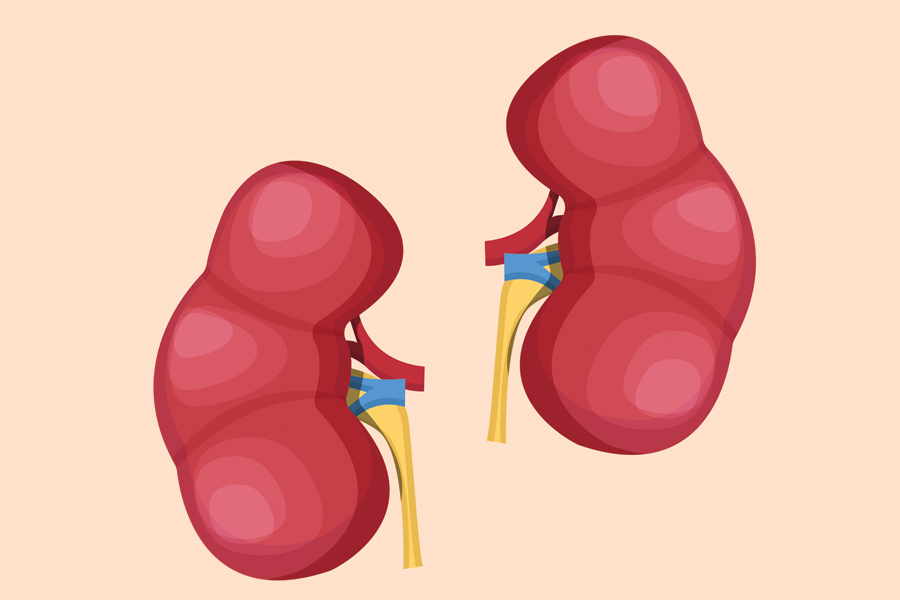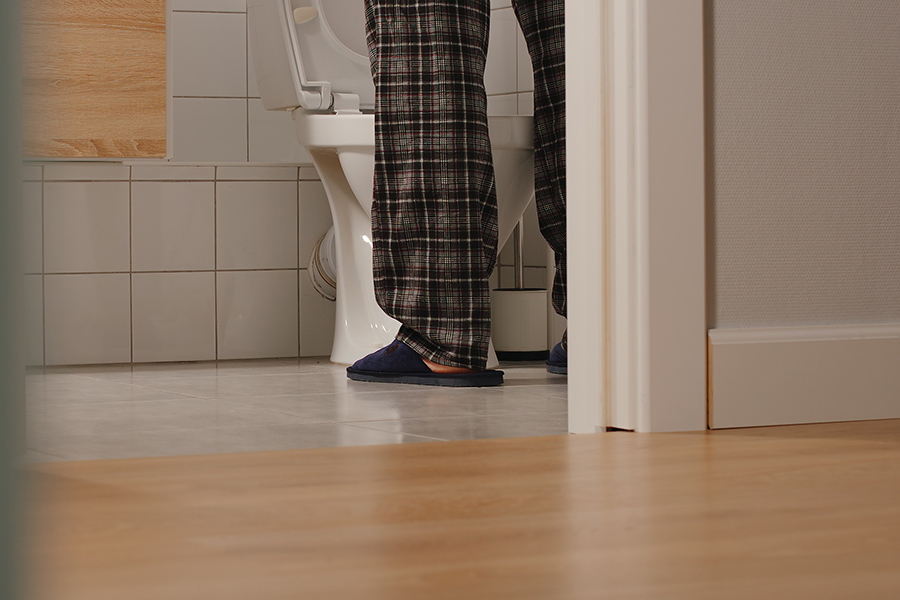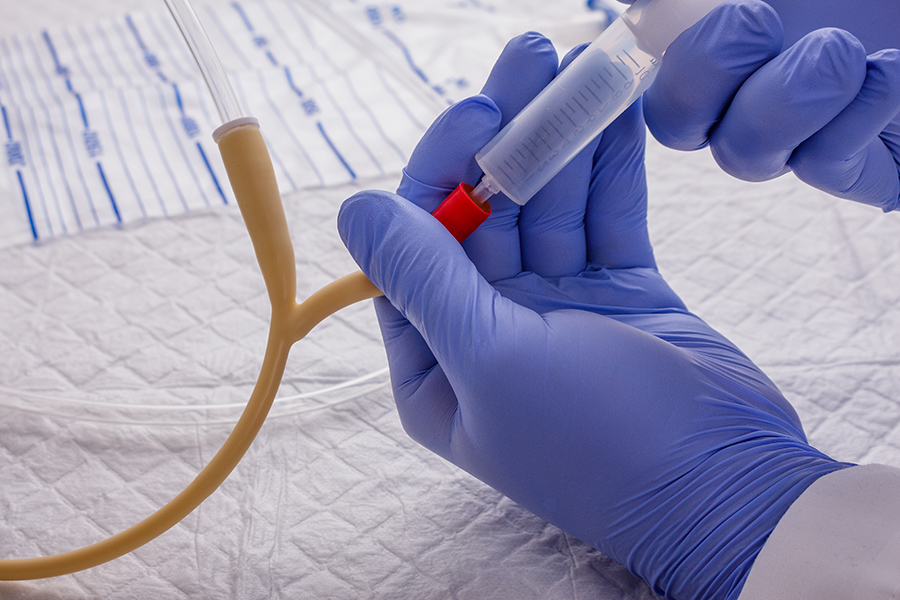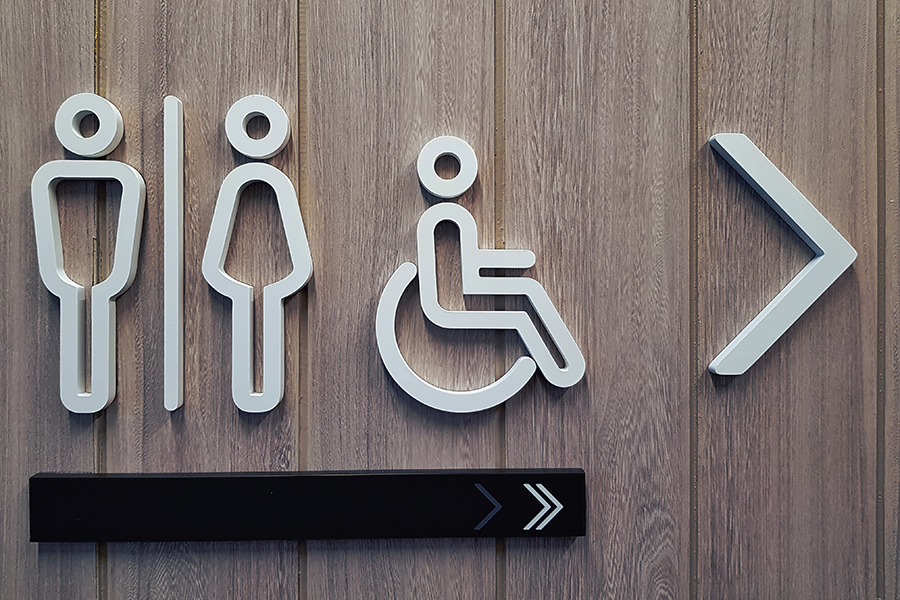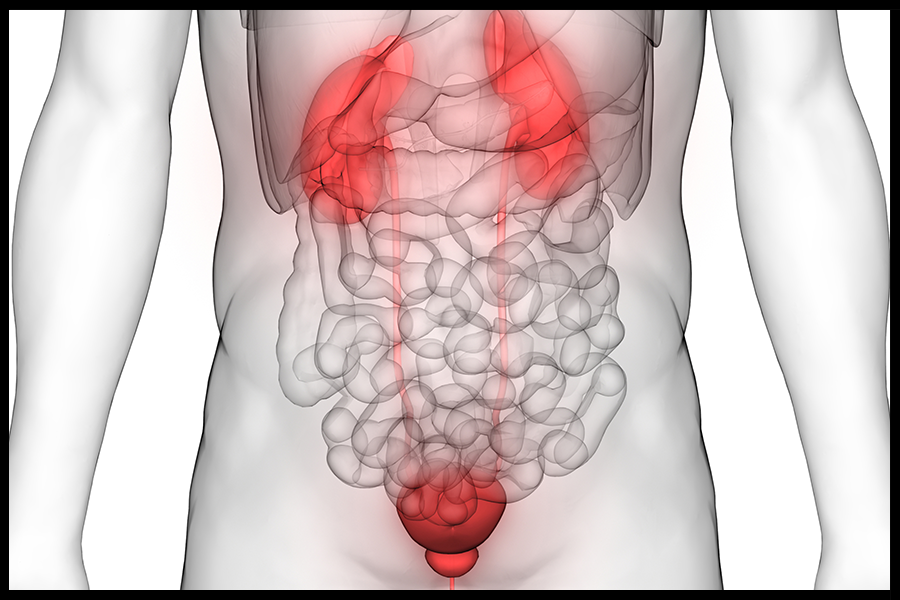If you have been advised by your doctor to use either an indwelling (foley) or external catheter, then you are familiar with urinary collection devices such as a leg bag or drainage bag.
In order to collect the urine that drains through both indwelling and external catheters, the catheter is connected to a bag. This may either be a larger drainage bag that is secured to a chair, bed or other structure, or a smaller leg bag secured underneath your clothing. Larger bags are preferred for nighttime use, while smaller, discreet leg bags are more common during the day.
If you or a loved one are utilizing leg bags and nighttime drainage bags, you should aim to have two bags of each type handy: two leg bags and two bedside drainage bags. This allows for a rotation of bags during cleaning periods and/or an extra bag in case of damage.
Changing the urine collection bag:
Before changing a leg bag or drainage bag, assemble the following materials:
- A clean bag
- A clean washcloth or cotton balls/swabs; alcohol or alcohol pads
- Water and a towel
- Leg straps or tape
- If cleaning the bag (see below), white vinegar
- Wash your hands with soap and hot water.
- Empty the bag. Different types of bags open in different ways, so you may see a drain spout with a removable sleeve, a clamp that opens to the side, or an opening that you twist. Be careful to avoid touching the tip to reduce risk of bacterial contamination.
- Place a towel under the connection between the catheter and the bag, then pinch off the soft rubber catheter tube so that urine doesn’t leak out.
- Disconnect the urinary catheter tube from the current bag with a twisting motion. Keep pinching the soft rubber tube (the catheter tube) so that urine does not leak out. Be careful not to pull on the catheter.
- Place the old bag on the towel.
- Prepare to connect the new bag to the catheter from which you just disconnected the old bag. Remove the plastic cap from the end of the bag tubing. (Save this tip to use later when you change back). Clean the tip with an alcohol pad, wiping away from the opening to avoid getting the tube dirty. Insert the bag tubing tip in the catheter tube.
- If you are using or changing a leg bag, fasten the straps of the leg bag to your thigh. Be careful not to fasten the straps too tightly. Secure the catheter itself to your leg with tape. Make sure to leave some slack in the catheter so that you don’t put too much pressure on the bladder or urethra.
Remember that if your leg strap gets dirty, you can wash it with soap and water.
Emptying a reusable bag
*Please note that because a leg bag is smaller than a regular drainage bag, it will have to be emptied more frequently. Empty a leg bag when it is half-full, or at least twice a day.
- Place a large plastic or metal container on the floor next to you. You may also empty urine directly into the toilet.
- Wash your hands with soap and hot water. Although many urine collection bags have anti-reflux valves, it is very important to limit risk of bacterial contamination, which can cause infection.
- Empty the bag. As mentioned above, different types of bags open in different ways, so you may see a drainage valve with a removable sleeve, a clamp that opens to the side, or an opening that you twist. Avoid touching the tip with your fingers, the toilet or the container while emptying.
- When the bag is empty, clean the tip of the drainage valve with an alcohol wipe or swab, then close the clamp or twist on the leg bag.
- Wash your hands again with soap and hot water. If you keep track of your urine volume for yourself or for a caregiver or doctor, write down how much urine was in your bag.
Please note, it is a good idea to occasionally secure the leg bag on the opposite leg. A good time to remember to make the switch is after a shower or bath.
Cleaning a reusable urine collection bag
Cleaning a Leg Bag:
- When you are ready to go to sleep, empty the leg bag.
- Remove the leg bag and attach a drainage bag for nighttime use, using the steps above.
- Rinse out the leg bag with cold water twice, shaking vigorously for at least 10 seconds both times. Drain the water into the toilet.
- Fill the empty bag to about 1/2 full with 1 part vinegar and 3 parts water (1:3). Soak the bag for 20-30 minutes. Rinse the bag out with warm water and hang it up to dry.
*A 1:10 bleach solution (1 part bleach to 10 parts water) may also be used to decontaminate urine collection bags, however greater care must be used when cleaning/sterilizing with bleach, including avoiding inhalation or contact with skin, eyes, clothing, stainless steel, chrome, and other bathroom fixtures. If bleach cannot be safely used, vinegar solution is the preferred alternative – particularly to control odor.
Cleaning a Nighttime Drainage Bag:
- In the morning, take off the drainage bag, put on the leg bag, and clean out the drainage bag the same way as you cleaned the leg bag (see above).
- Hang the drainage bag up to dry during the day.
Clean your leg bag and drainage bag every day and replace it whenever your doctor tells you to. This is normally once a month.
When to Contact a Doctor:
Of all catheter users, individuals with indwelling/foley catheters are at highest risk for infections of the urinary tract. Contact your healthcare provider if you have:
- Milky, cloudy or foul-smelling urine
- Red or pink urine
- A fever greater than 101 degrees, or shaking chills
- Pain or burning in your urethra, bladder, or lower back
- Swelling, draining, or redness in your urethra (the area where the catheter leaves the body)
You should also contact your healthcare provider if no urine has drained from your catheter in six to eight hours, or if your catheter is leaking or falls out.
More Articles on Catheters:
- Types of Catheters: Catheters 101
- Intermittent Catheters
- Male External Catheters
- Aaron Baker: JAW All-in-One Catheter System Video
- Appropriate and Inappropriate Use of Indwelling Urethral Catheterization (IUC)
References:






